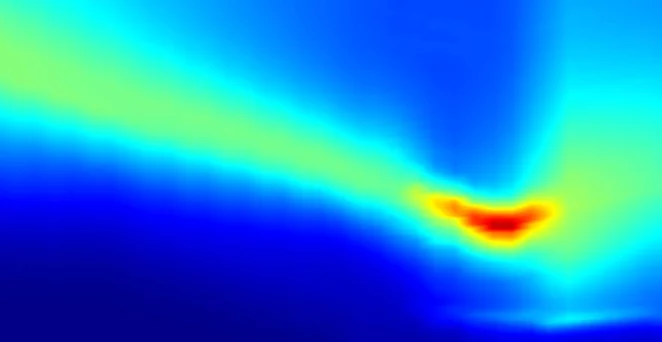At the liquid–gas phase transition in water, the density has a discontinuity at atmospheric pressure; however, the line of these first-order transitions defined by increasing the applied pressure terminates at the critical point, a concept ubiquitous in statistical thermodynamics. In correlated quantum materials, it was predicted and then confirmed experimentally that a critical point terminates the line of Mott metal–insulator transitions, which are also first-order with a discontinuous charge carrier density. In quantum spin systems, continuous quantum phase transitions have been controlled by pressure, applied magnetic field and disorder, but discontinuous quantum phase transitions have received less attention. The geometrically frustrated quantum antiferromagnet SrCu2(BO3)2 constitutes a near-exact realization of the paradigmatic Shastry–Sutherland model and displays exotic phenomena including magnetization plateaus, low-lying bound-state excitations, anomalous thermodynamics and discontinuous quantum phase transitions. Here we control both the pressure and the magnetic field applied to SrCu2(BO3)2 to provide evidence of critical-point physics in a pure spin system. We use high-precision specific-heat measurements to demonstrate that, as in water, the pressure–temperature phase diagram has a first-order transition line that separates phases with different local magnetic energy densities, and that terminates at an Ising critical point. We provide a quantitative explanation of our data using recently developed finite-temperature tensor-network methods. These results further our understanding of first-order quantum phase transitions in quantum magnetism, with potential applications in materials where anisotropic spin interactions produce the topological properties that are useful for spintronic applications.
Reference: J. Larrea Jiménez et al, Nature 592, 370 (2021)
Read full article: here


